- Bankrate released Monday its annual ranking of the best cities for first-time homebuyers.
- Western cities including Los Angeles and Seattle were near the bottom.
- Pittsburgh ranked No. 1, and was joined near the top by other non-coastal metro areas.
Bankrate released Monday its annual ranking of the 50 largest metro areas in the US in terms of attractiveness for first-time homebuyers, and the Western US is prominent at the bottom.
The media and research company used data from sources like the US Department of Labor and Census Bureau to measure aspects of cities like "affordability" and "wellness and culture."
For example, the outlet measured "safety" with the most recent available FBI data on rates of property and violent crime in a specific metro space. The outlet scored each area on several measures, then ranked them overall.
"Some metropolitan areas offer an enticing combination of affordable real estate, a robust job market and high marks for safety, public health and cultural amenities," Bankrate wrote.
At the top of the heap was Pittsburgh, Pennsylvania, for aspects including low-cost real estate and low crime rates. The West Coast had a few of the five "worst" cities, including Los Angeles and San Jose, California.
Buying a home is stressful, amid record inflation and a bonkers market that is just now slowing down. But if you're looking for good and cheap, here are the five best and worst metros for first-time home buyers, from Bankrate's list.
Best
Winner: 1. Pittsburgh, Pennsylvania

Pittsburgh scored high in the "affordability" area in particular, which Bankrate found using data points such as how much people shelled out to buy homes and income levels for people aged 25 to 44. Pittsburgh's median home price in Q122 was a mere $169,000, the outlet noted.
LinkedIn calculated that Pittsburgh had the 4th-largest growth spurt in tech talent from 2019 to 2021, Insider previously reported. It's also home to Amazon, Microsoft, and Facebook offices.
2. Minneapolis, Minnesota
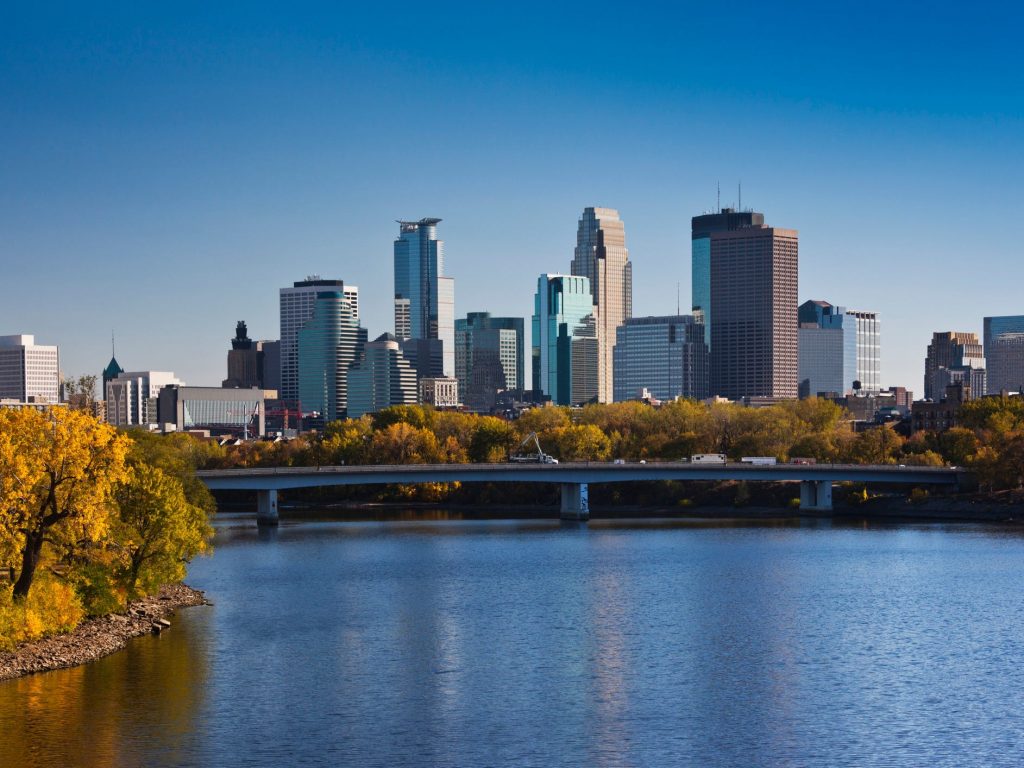
Minneapolis preformed well because of its low unemployment rate, which, along with average commute times, fed into Bankrate's "job market" score.
The pandemic sped up the trend of people moving to cheaper Midwestern cities, Insider previously reported.
3. Cincinnati, Ohio
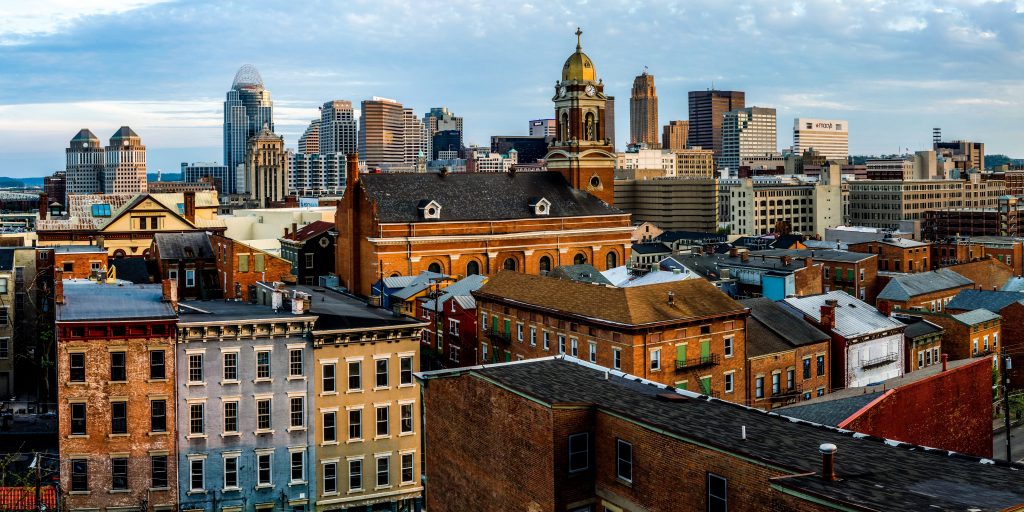
Bankrate wrote Cincinnati did well as far as affordability and safety. It was near the bottom, however, (40th) for its "wellness and culture," a data point which captured access to things like healthcare and the arts.
4. Kansas City Metro Area
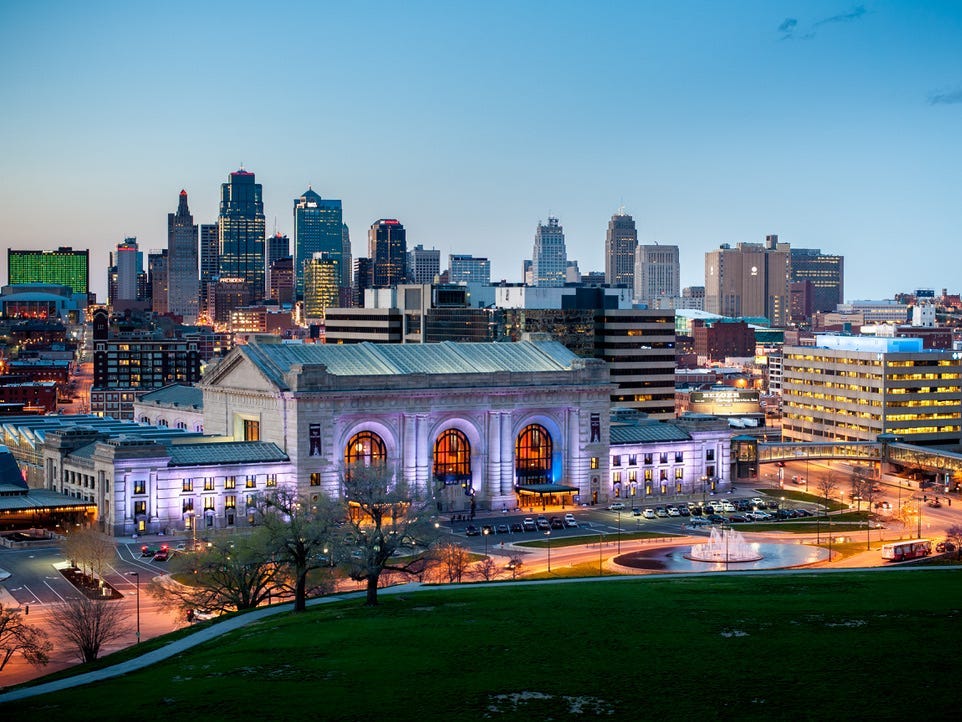
Bankrate measured "market tightness" which looked at home inventory and how fast homes sold. The more relaxed the market, per their measure, the better.
"In an intense seller's market nationwide, the Kansas City area stood out as the least insanely skewed market," the outlet wrote.
5. Buffalo, New York
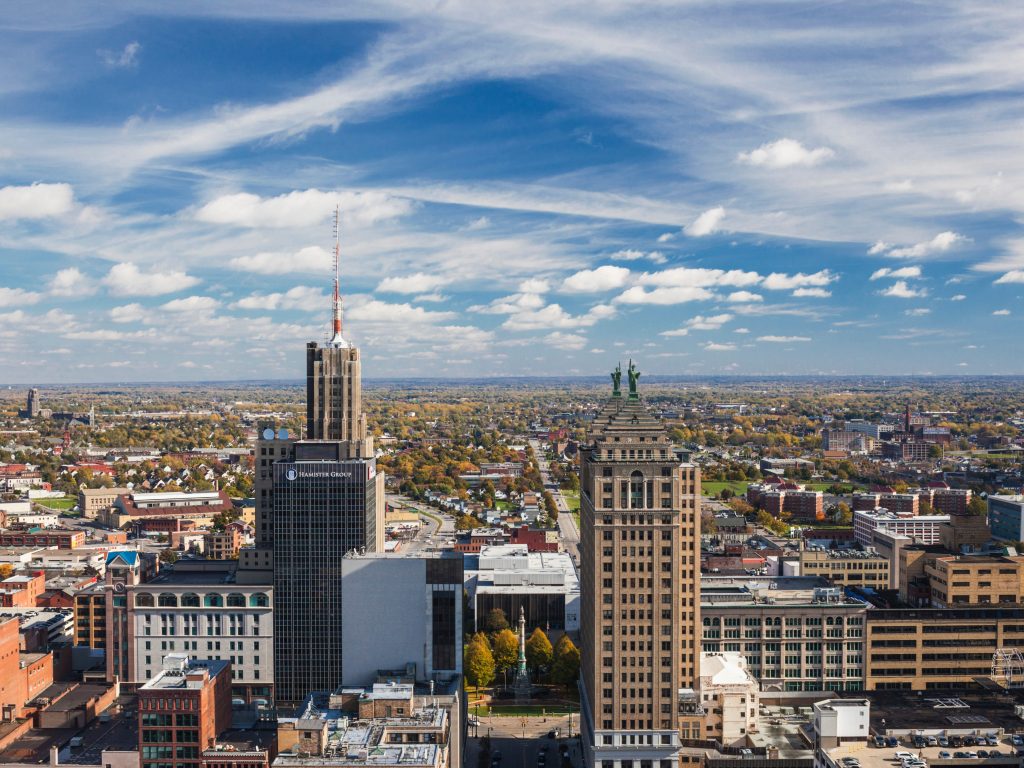
Buffalo had solid scores in affordability and market tightness, Bankrate reported.
Worst
1. Loser: Los Angeles, California

Home to high-powered brokers hunting million-dollar mansions, the metro area sunk to the bottom for being nearly the least affordable for the 25 to 44 age group, per Bankrate's calculations (but it shined in the wellness and culture category).
2. Las Vegas, Nevada

Las Vegas' housing market heated up with the arrival of former Californians, and it's gotten expensive, Bankrate wrote, plus has a high unemployment rate.
3. Seattle, Washington
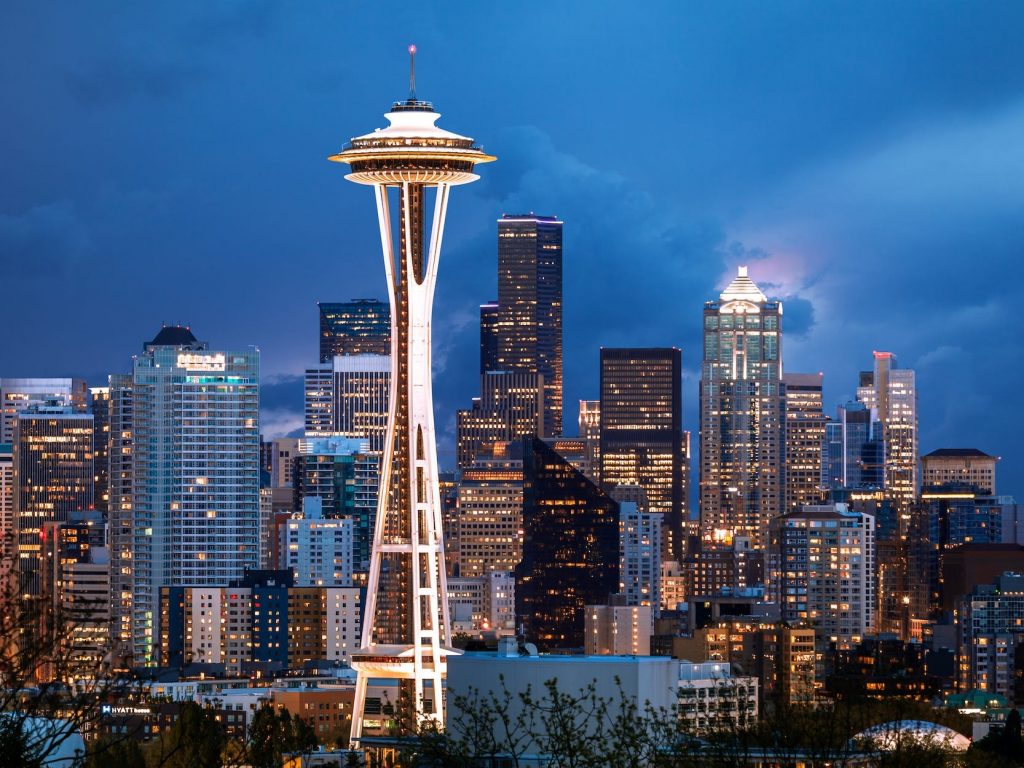
"Households headed by young adults have robust incomes, but home prices are so high that it's still difficult to afford real estate," the outlet wrote. It also is short on inventory, Bankrate added.
4. Riverside, California
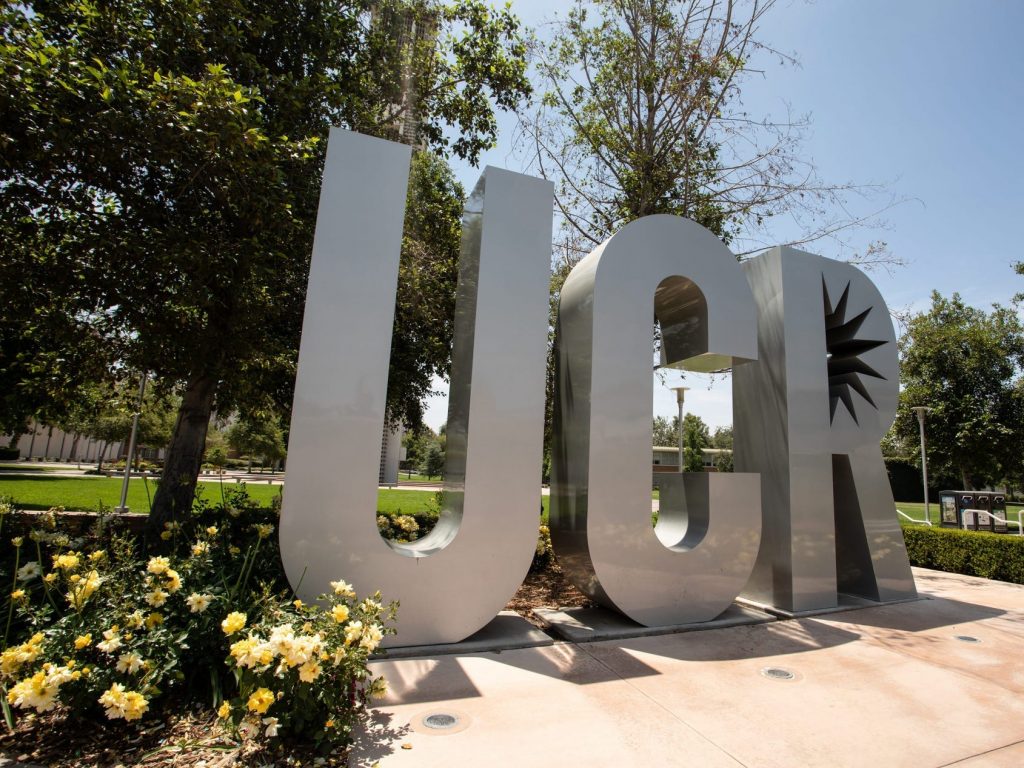
While cheaper than San Diego or Los Angeles, the Riverside area suffered longer commute times and slightly lower wages, Bankrate reported.
5. San Jose, California

One report predicted San Franciscans would scoot to San Jose early in the pandemic. Wages are high, but it's still a super-pricey market -- the highest on the list, Bankrate wrote.
